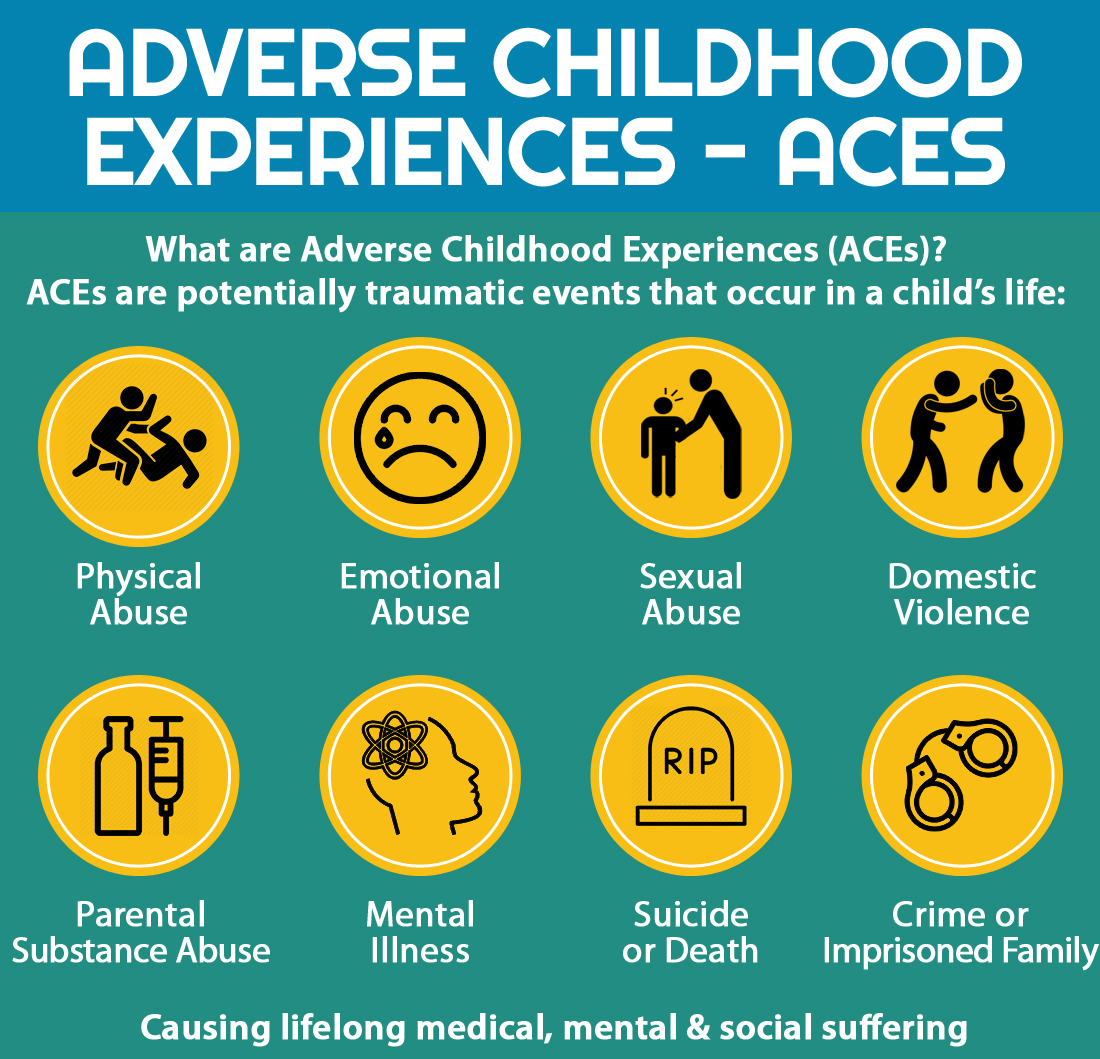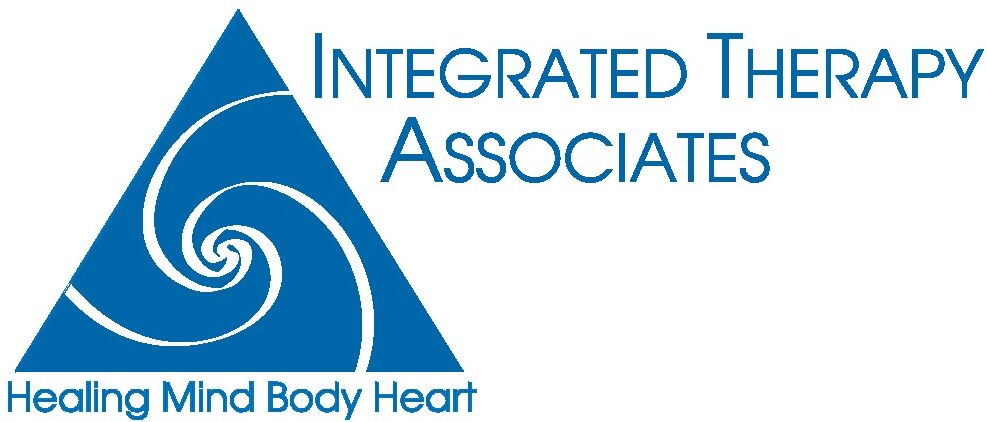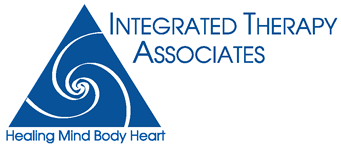Integrated Therapy Associates 3907 Wrightsville Avenue Suite 110

As a psychologist who provides therapy to adults, I am often struck by how often it becomes clear to me, early on in therapy, that so many of the individuals I treat have survived one or more adverse experiences from childhood. Sometimes these are extreme and fall into the category often referred to as a “Capital T trauma” but other times these adverse events took the form of repeated emotional abuse or neglect over time, resulting in what is often referred to as “developmental trauma” (Van dear Kolk). Either way, it has been intuitively clear to many of us in the field of psychotherapy for a number of years, that direct links exist between individuals’ negative childhood experiences and the myriad of issues that bring them to therapy as adults years later. Fortunately we now have research data that supports and validates these clinical “hunches”.
What is now commonly referred to as the “ACE Study” involved a collaboration between Kaiser Permanente (a managed care consortium)and the Centers for Disease and Control. Although research studies had already looked at specific types of child abuse individually, this was the most comprehensive study of this type to date, in that it looked at ten types of potentially abusive experiences simultaneously. The participants were 17,337 individuals who received routine medical services from Kaiser Permanente at a facility in San Diego. They completed questionnaires between the years of 1995 and 1997 and were subsequently followed for fifteen additional years.The results of this study provided data that unquestioningly bridged the gap between childhood trauma and the long term negative effects that often show up later in life. The Table below provides information about the percentages of individuals who experienced each of the 10 ACE’s defined in the original study. It is worth noting that at least two thirds of the participants reported having experienced at least one ACE.
The prevalence estimates reported below are from the entire original ACE Study sample (n=17,337).
Prevalence of ACEs by Category for CDC-Kaiser ACE Study Participants by Sex, Waves 1 and 2.
| ACE Category | Women | Men | Total |
|---|---|---|---|
| Percent (N = 9,367) | Percent (N = 7,970) | Percent (N = 17,337) | |
| ABUSE | |||
| Emotional Abuse | 13.1% | 7.6% | 10.6% |
| Physical Abuse | 27% | 29.9% | 28.3% |
| Sexual Abuse | 24.7% | 16% | 20.7% |
| HOUSEHOLD CHALLENGES | |||
| Mother Treated Violently | 13.7% | 11.5% | 12.7% |
| Household Substance Abuse | 29.5% | 23.8% | 26.9% |
| Household Mental Illness | 23.3% | 14.8% | 19.4% |
| Parental Separation or Divorce | 24.5% | 21.8% | 23.3% |
| Incarcerated Household Member | 5.2% | 4.1% | 4.7% |
| NEGLECT | |||
| Emotional Neglect3 | 16.7% | 12.4% | 14.8% |
| Physical Neglect3 | 9.2% | 10.7% | 9.9% |
Note: 3Collected during Wave 2 only (N=8,629). Research papers that use Wave 1 and/or Wave 2 data may contain slightly different prevalence estimates.
Additionally since 2010, Washington, DC and ten states (HI, ME, NE, NV, OH, PA, UT, VT, WA, and WI) have been systematically collecting information about ACE’s with the purpose of obtaining data to support the need for specific types of social programs that address the needs of abused children and their families.
My main hope in writing this piece is to share with you just how prevalent childhood traumatic experiences are. If you’ve had these experiences, please know that you are not alone. Since adverse childhood experiences often occur in the isolation of one’s family home, they can be very stigmatizing and difficult to discuss. This becomes especially true when children are specifically instructed not to disclose these experiences outside of the family. These requests that are often accompanied with explicit or implicit threats. According to Felitti, one of the chief investigators in this study, “Traumatic experiences are often lost in time and concealed by shame, secrecy, and social taboo”. In my own dissertation research I examined the prevalence of disclosure to a trusted person following experiences of child sexual abuse. Sadly, I discovered that as children, the majority of individuals in my study either hadn’t told anyone for fear of negative reprisals, or found that when they did tell, they typically were met with dismissive responses.
In subsequent posts I’ll offer you a chance to gauge your own ACE score, I’ll go over the relevance of high ACE scores and how they correlate with mental and physical health challenges, and I’ll discuss how “trauma informed” therapy can assist with the healing process from these past ACE’s no matter how long ago they occurred.
References
Van der Kolk, B., (2014). The body keeps the score. New York, New York: Viking.

